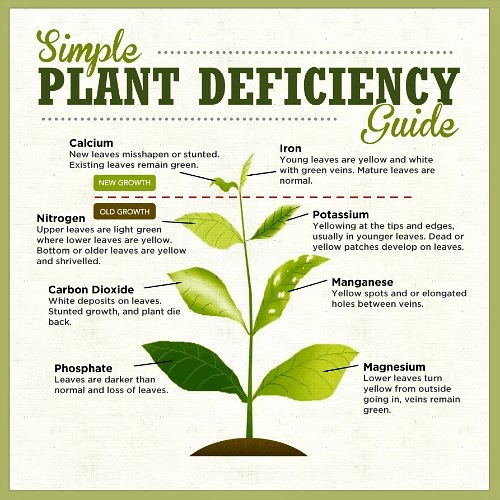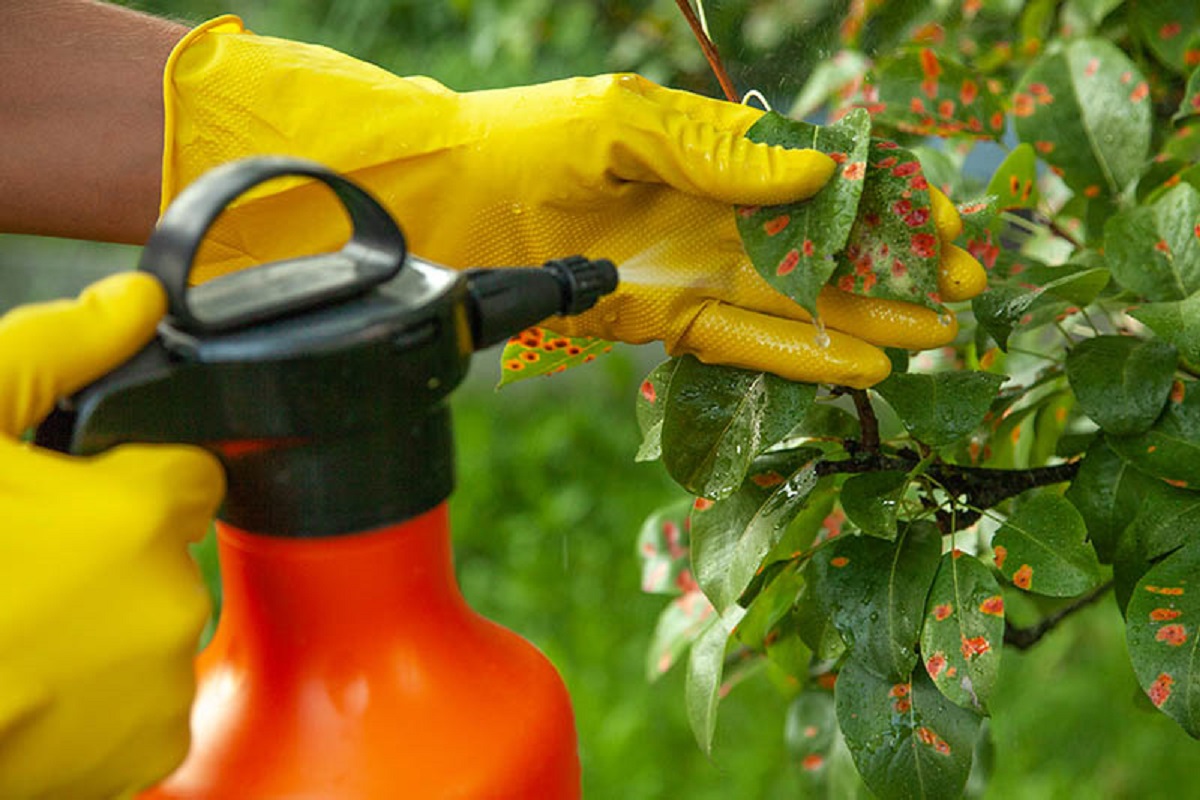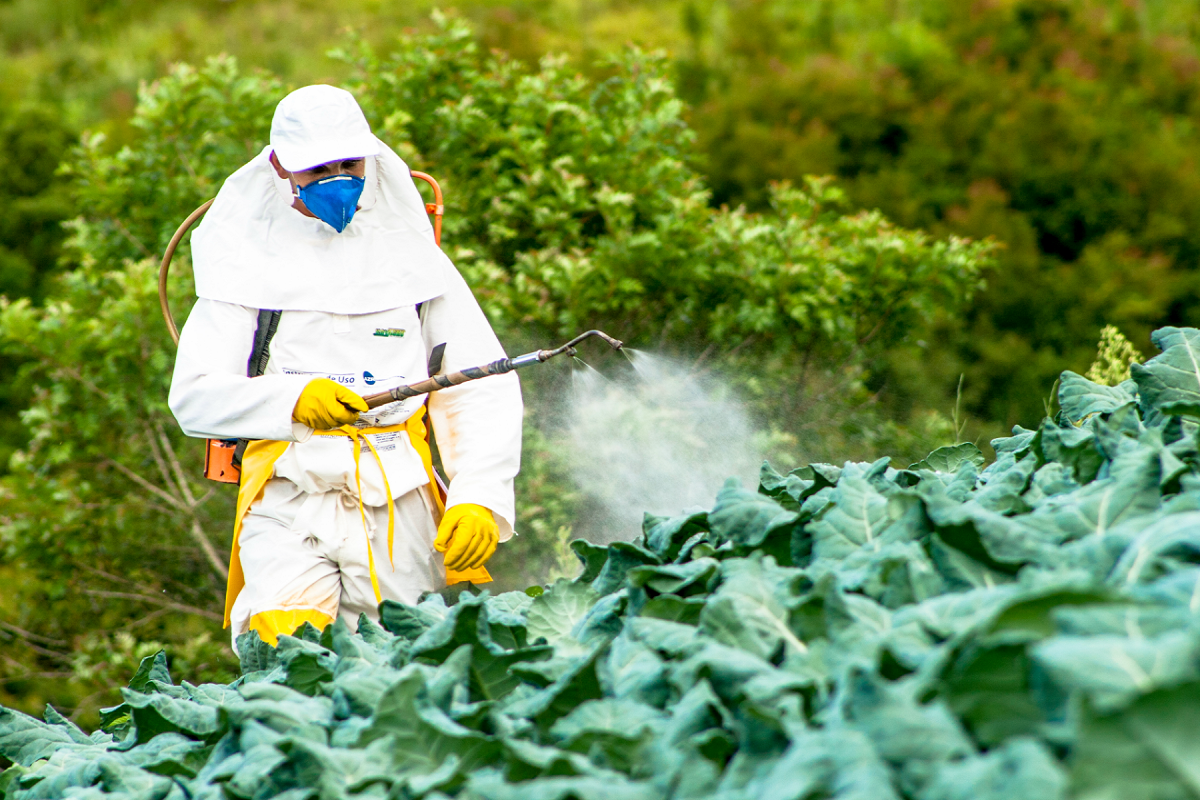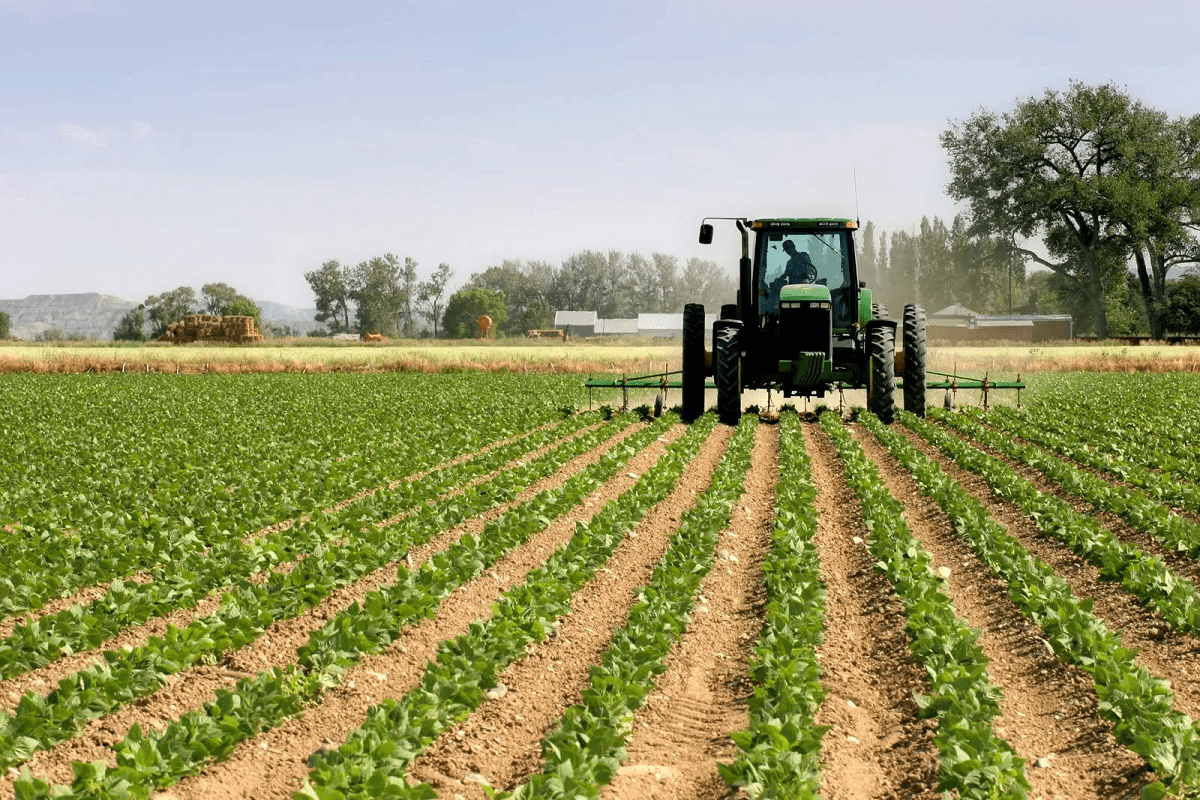Micronutrient (অণুখাদ্য)
Micronutrients consist of a fine blend of mineral elements comprising Zinc (Zn), Copper (Cu), Manganese (Mn), Iron (Fe), Boron (B), and Molybdenum (Mo). Mineral elements nurture horticultural crops and also crops of cereals, pulses, oilseeds, spices, and plantations. In spite of the low demand, critical plant functions are hindered if micronutrients are unavailable, which results in plant deformations, lower yield, and diminished growth. Micronutrients are crucial for plant growth and play an important role in balancing crop nutrition.
Micronutrient deficiency can be encountered by visual symptoms on crops and by testing soil and plant tissues. For understanding these visual symptoms, it is necessary to know the role each micronutrient plays in plant growth and development.
Fungicide (ছত্রাকনাশক)
Fungicides are biocidal chemical compounds or biological organisms used to kill parasitic fungi or their spores. A fungistatic inhibits their growth. Fungi can cause serious damage in agriculture, resulting in critical losses of yield, quality, and profit. Fungicides are used both in agriculture and to fight fungal infections in animals. Chemicals used to control oomycetes, which are not fungi, are also referred to as fungicides, as oomycetes use the same mechanisms as fungi to infect plants.
Insecticides (কীটনাশক)
Substances that are used to kill insects are called insecticides. Insecticides have a wide application in the field of medicine, agriculture, and industry. They have the potential to alter ecosystem components majorly and are toxic to animals as well as humans. Some insecticides become concentrated as they spread in the food chain. Insecticides can be classified into two major groups: systemic insecticides, which have residual or long-term activity; and contact insecticides, which have no residual activity.
The mode of action describes how the pesticide kills or inactivates a pest. It provides another way of classifying insecticides. Mode of action can be important in understanding whether an insecticide will be toxic to unrelated species, such as fish, birds, and mammals.
Herbicides (আগাছানাশক)
Herbicides are chemicals used to manipulate or control undesirable vegetation. Herbicide application occurs most frequently in row-crop farming, where they are applied before or during planting to maximize crop productivity by minimizing other vegetation. They also may be applied to crops in the fall, to improve harvesting. Herbicides are used in forest management to prepare logged areas for replanting. The total applied volume and area covered are greater but the frequency of application is much less than for farming.
Herbicides can act by inhibiting cell division, photosynthesis, or amino acid production or by mimicking natural plant growth hormones, causing deformities. Application methods include spraying onto foliage, applying to soils, and applying directly to aquatic systems.
Aqua Products (জলীয় পণ্য)
Aquaculture can also be defined as the breeding, growing, and harvesting of fish and other aquatic plants, also known as farming in water. It is an environmental source of food and commercial product which help to improve healthier habitats and used to reconstruct population of endangered aquatic species. Technology has increased the growth of fish in coastal marine waters and open oceans due to the increased demand for seafood.






